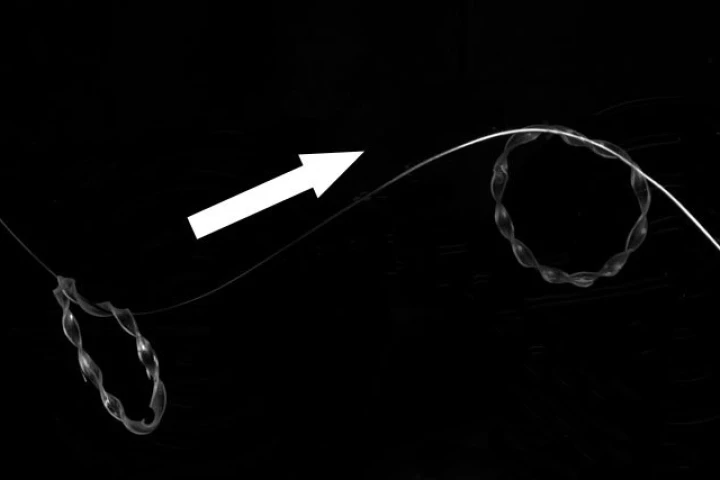Soft Robotics
-
The new “stingraybot” from a team at ETH Zurich (the Federal Institute of Technology of Switzerland) offers enormous promise for surgery, medical care, wildlife biology, robotics, and more, thanks to muscular membranes of microbubbles.
-
Georgia Tech takes vision for soft robots to the next level with PHySL, a biomimetic photo-responsive hydrogel soft lens that focuses using light alone. It does away with electronics, wires, bulk, and the dangers of breaking.
-
Roboticists today are wrestling with the question of whether AI needs a body? If so, what kind? And then there’s the “how” of it all; if embodied intelligence is the way forward to true artificial general intelligence, could soft robots be the next step?
-
While there are many uses for soft-bodied robots, the things are still only built in small batches. Scientists are out to change that, with a mass-production-capable soft bot that is 3D-printed in a single piece which walks off of the print bed.
-
Although soft-bodied robots can be simple devices, they typically require onboard electronics to control their locomotion. Such is not the case with a new bot, however, which utilizes a phenomenon of physics to automatically move its inflatable legs.
-
Cable cars are handy for transporting cargo up mountain slopes, but what if you want to do the same sort of thing on a smaller scale? Well, you could try using a tiny new light-powered robot, which is cable of carrying items up thin mid-air tracks.
-
Most people likely think of robots as complex electronic devices, made up of many parts that have to be assembled in factories. An experimental new non-electronic bot, however, can be 3D-printed all in one piece, and it's powered by nothing but air.
-
Engineers at MIT have devised an ingenious new way to produce artificial muscles for soft robots that can flex in more than one direction, similar to the complex muscles in the human body. It could soon unlock new capabilities for squishy bots.
-
Researchers at Cornell University have been working on batteries that can 'flow' through the internal structures of robots, kind of like blood in humans' veins. They showcased this fascinating approach in soft-bodied worm and jellyfish bots.
-
In order for a VR environment to seem real, it definitely helps if you can experience the sensation of touch within that virtual world. A special sleeve could soon allow people to better do so, using air instead of electric motors.
-
It was just two years ago that a tiny robotic manta ray became the world's fastest-swimming soft-bodied robot. Well, one of its descendants has now smashed that record – and it uses less energy than its predecessor, to boot.
-
A new soft harness system out of the Technical University of Munich works like a pair of shorts to reduce the exertion needed to walk or jog by up to 18%. The system is easy to put on and take off and holds promise for helping anyone get more mobile.
Load More











